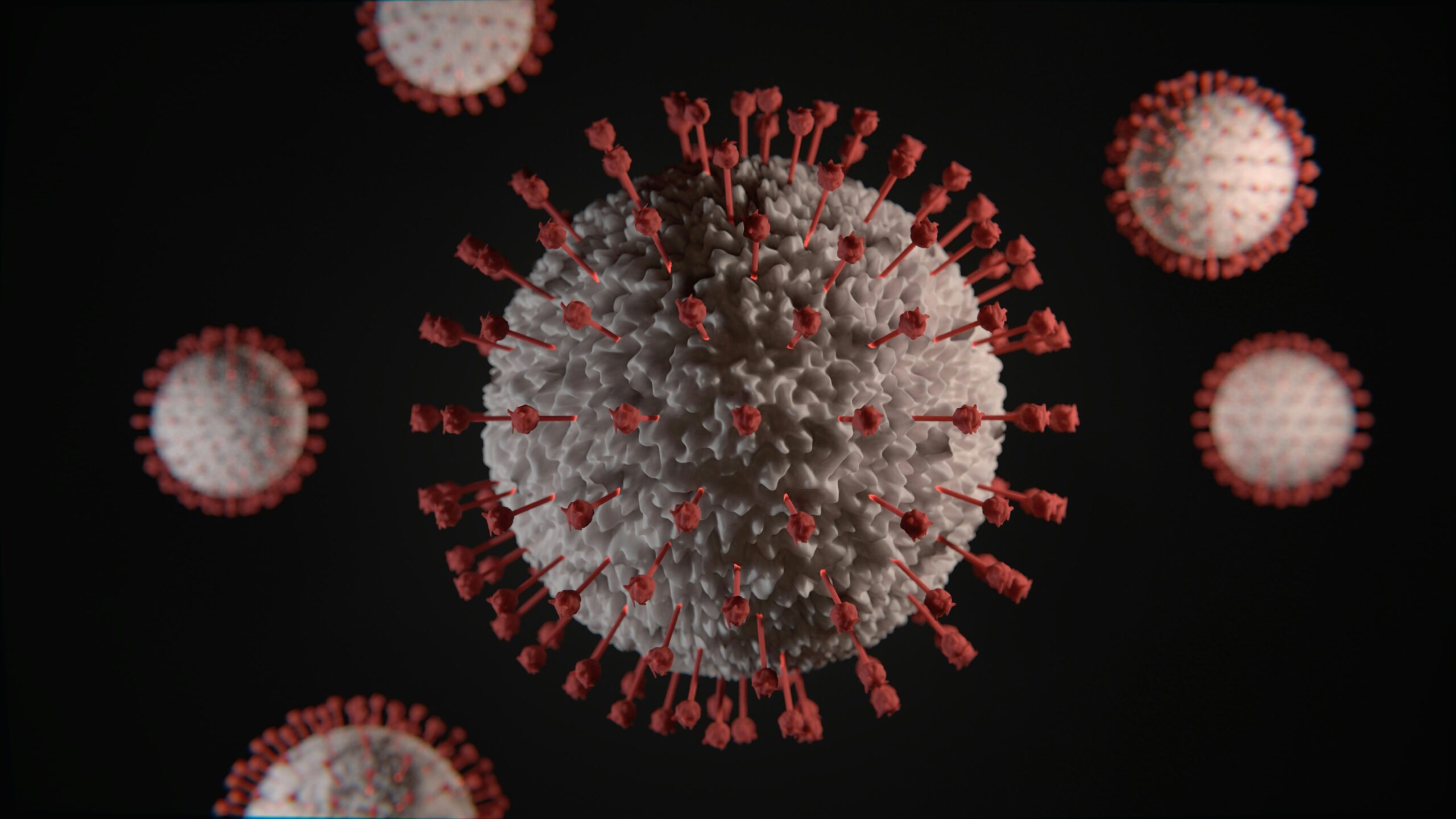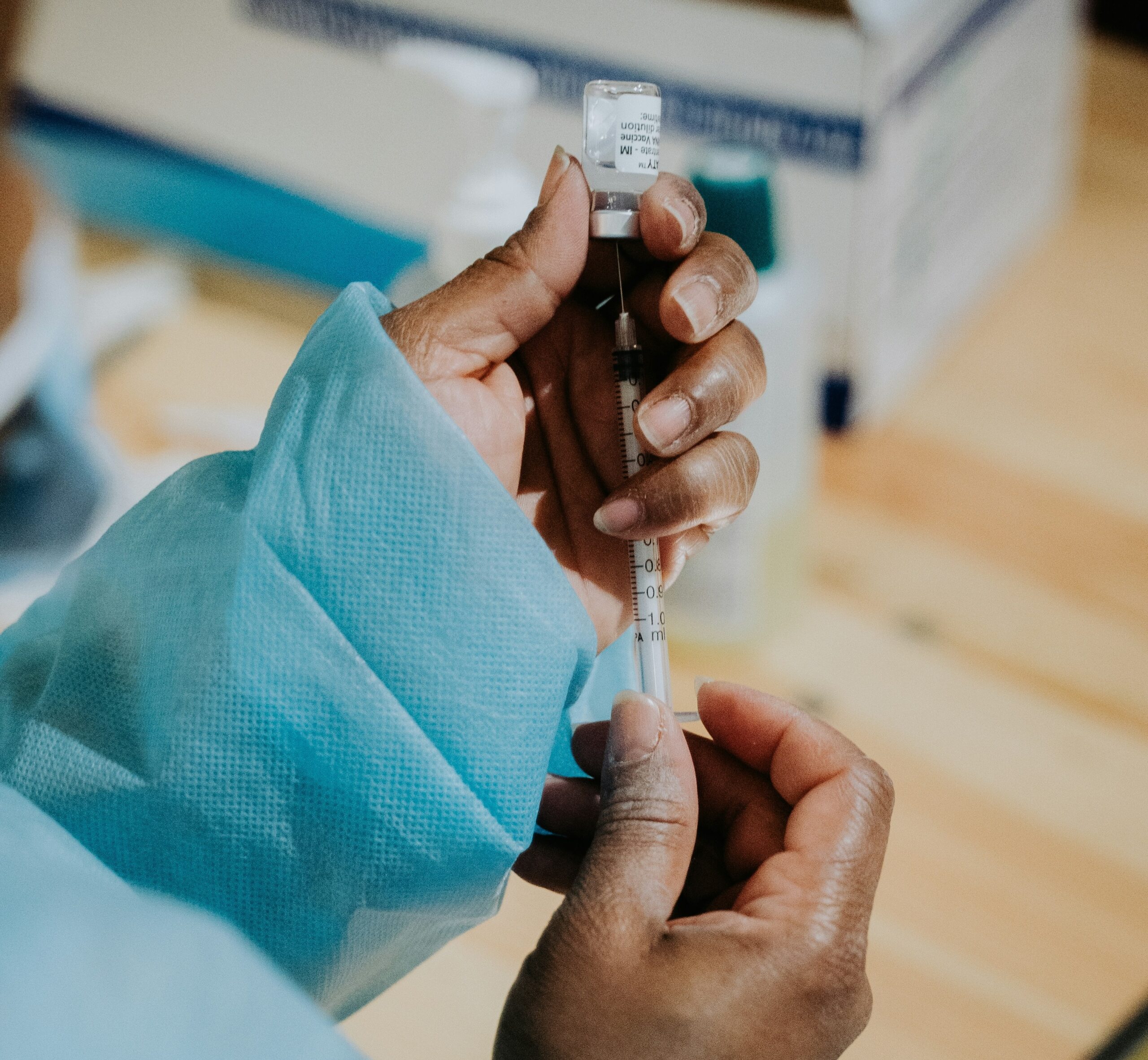
Women’s Health Survey
University Policies and Scientists’ Workplace
Section 02
Survey Overview and Demographics
General Overview
Study Date: 15.12.22–09.01.23
Geographic Coverage: United States
Response Overview
Sample Size: 400
Valid Responses: 149
Response Rate: 37.3
Date initial findings posted: 01.31.23
Most recent update: 01.31.23
Days survey in field: 26
Average response time: 7
Survey Demographics
Respondent Demographics:
- 54.5% % Femake
- 45.4% Male
- 100% Academic
- 0% Industry
Language(s): English
Section Overview
In this survey, we asked scientists a variety of questions about women’s reproductive healthcare. This section asked scientists about how the 2022 Supreme Court’s decision in Dobbs v. Jackson Women’s Health Organization has affected the work environment in their university.
Question
Has your university posted a public statement in response to the 2022 Supreme Court’s decision in Dobbs v. Jackson Women’s Health Organization? (N=146)

Finding
26% of the scientists responded that their university posted a public statement in response to the 2022 Supreme Court’s decision on Dobbs v. Jackson Women’s Health Organization.
36% of the scientists responded that their university did not post a public statement in response, while the remaining 38% don’t know.
Question
Have you talked to any of the following people on your campus about how the 2022 Supreme Court’s decision in Dobbs v. Jackson Women’s Health Organization affects universities? (N=144)

Finding
Half of the responding scientists (50%) have talked to other faculty or teachers in their department or school regarding the 2022 Supreme Court Decision Dobbs v. Jackson Women’s Health Organization and its impact on universities. There is a statistically significant difference in gender (p value=0.04) with more female scientists (61%) having talked to faculty or teachers in their own department or school regarding it, compared to 43% of the male scientists.
More than a quarter of respondents have talked to graduate students (31%), while 17% have talked to undergraduate students.
Question
As a response to the 2022 Supreme Court’s decision in Dobbs v. Jackson Women’s Health Organization, has your department done any of the following? (N=142)

Finding
Less than 10% of the respondents reported that their department provided resources (7%) or organized an information session for students (6%).
Less than 5% of respondents reported that the Supreme Court’s decision in Dobbs v. Jackson was formally discussed in the faculty meetings (4%) or that an information session was organized for the faculty (4%)
Question
As a response to the 2022 Supreme Court’s decision in Dobbs v. Jackson Women’s Health Organization, have you done any of the following? (N=143)

Finding
Among respondents, the two most common actions taken in response to the 2022 Supreme Court’s decision are signing a petition (35%) and posting comments on social media (24%).
A small proportion of scientists attended and organized gathering or protest off campus (14%) and campaigned for a candidate in local (13%) or national elections (11%).
Several scientists told us other ways they responded to the 2022 Supreme Court’s decision in Dobbs v. Jackson Women’s Health Organization. Their responses are as follows:
Provided funding and voted for political candidates who are pro-choice
“Donated to governor and senate campaigns for candidates committed to Protecting access to abortions.”
“Donated money to candidates and organizations relevant to this issue.”
“Contributed $ to pro-choice candidates in multiple states”
“Provided funds to pro-abortion rights candidates”
“Voted to support candidates supporting women’s rights”
“I defined ‘campaigned’ as actually knocking on doors, or working in headquarters, if you include financial support for pro-choice and pro-health candidates, then the answer would be yes at both local and national levels.”
Provided funding for women’s health service institutions that provides abortion services
“Increased financial support for crisis pregnancy centers and donations for them in my area”
“Donated to abortion clinic”.
“Set up a monthly donation to a Women’s Health Center that provides abortions”.
Promoted abortion-relevant research
“Organized gathering was not a protest but a retreat of 80 faculty, students and staff with one aim to mobilize research and advocacy for abortion access and rights, identify scientific gaps and priorities that would support abortion access and rights legal cases and legislation”.
“Gave a lecture to students on the decision relative to the constitution”.
“Worked on new research on abortion experiences”.
Communicating with their kids
“Communicated to my kids (currently attending universities in anti-choice states) about the importance of abortion access and offered to $$$ support them (or friends) if travel to pro-choice states were required”.
“Encouraged my daughter (in her 20s) to be politically active, as I was when I was younger (campaigning, protesting, signing petitions, etc.)”.
Survey Description
This national survey on academic scientists in the US was conducted by the Center for Science, Technology and Environmental Policy Studies (CSTEPS) at Arizona State University. The survey was approved by Institutional Review Boards at Arizona State University.
The sample for this survey were randomly selected from our SciOPS panel. SciOPS panel is recruited from a random sample of PhD-level faculty in four fields of science. Contact information of faculty in four fields– biology and genetics, civil and environmental engineering, and geography –was collected from randomly selected Carnegie-designated Research Extensive and Intensive (R1) universities in the United States (US) and from all CEPH accredited public health schools. The full sample frame for recruiting SciOPS panel includes contact information for 11967 scientists. 986 eligible scientists consented to become SciOPS panel members, representing AAPOR recruitment rate (RECR) was 8.1%.
This national survey obtained a total of 149 usable responses, representing an AAPOR individual survey response rate (RR4) of 37.3% and an AAPOR Cumulative Response Rate (CUMRR) of 8.1%.
The sample of respondents for this survey was weighted by the inverse of selection probabilities and post-stratified probabilities by gender and academic field to represent the full sample frame for recruiting SciOPS panel members as closely as possible. A conservative measure of sampling error for questions answered by the sample of respondents is plus or minus 5 percentage points.


